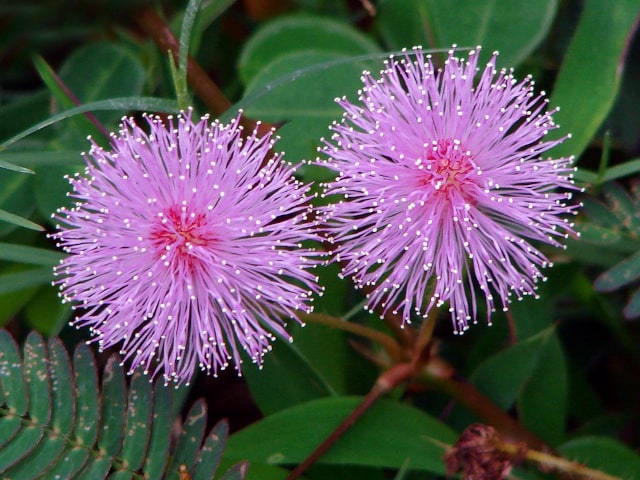
Mimosa Pudica is a beautiful plant with thin stems and fuzzy leaves that are known for their movements. The plant belongs to the Fabaceae family. It is known under a variety of names, such as action plant, touch-me-not, sensitive plant, shame plant, shy plant, zombie plant and humble plant. Those names come from the plant's ability to move its leaflets when touched or shaken.
If you wish to grow Mimosa Pudica in your home, you can do it outdoors in your garden or indoors, as a potted plant. In order to make it thrive, you need to know all the basic care requirements that will make your Mimosa Pudica thrive.
Basic Facts
Mimosa Pudica is a plant originating from Central and South America. Today, it can be found naturally growing in areas of Southern United States and Puerto Rico. It has also been introduced around the world, such as South and South-East Asia, Tanzania and Pacific Islands.
Leaves are probably the most interesting aspect of Mimosa Pudica. This plant has leaves that are bipinnately compound, with one or two pinnae pairs. They fold inward and droop at the petiole when they are shaken or touched. This is a plant mechanism to defend itself from harm. They will typically re-open after a few minutes.
Mimosa Pudica has rose or violet flowers. The flowers are beautiful but don't produce noticeable fragrance. The blooms are fuzzy and ball-shaped, and they can remain for long period of time. Mimosa Pudica typically keeps its flowers from May to September.
Mimosa Pudica is often grown in greenhouses or as a ground cover. It is characteristic for its rapid leaf movements, which make this plant a novelty. Mimosa Pudica undergoes changes in leaf orientation throughout the day.
Warning
Mimosa Pudica contains toxic alkaloids, tannins and glycosides, all of which can be harmful to humans and animals if ingested. It is an imperative to prevent children and animals to ingest Mimosa Pudica.
Temperature and Light
Mimosa Pudica is not a particularly demanding plant. It can grow in numerous lighting and temperature conditions. When planted outdoor, it can withstand USDA hardiness zones 9 to 11. It can thrive in these conditions and even spread quickly, so this is something to keep in mind.
Mimosa Pudica requires a lot of sunlight, but you need to be careful. It can't withstand strong UV rays, so you need to avoid direct afternoon sunlight. If you wish to grow your plants outdoors, ideal climate conditions are those in USDA zones 2 to 8.
If you want to grow Mimosa Pudica indoors, it doesn't require any specific temperature conditions. Room temperatures work well for this plant. However, you need to make sure it is not subjected to strong afternoon sunlight.
Watering
Mimosa Pudica is a plant that requires frequent watering. This is particularly true for hot summer months. You need to make sure that the soil remains moist between waterings. You should never leave your Mimosa Pudica in a dried soil.
In case you notice that the soil dries quickly, you should add some peat moss or compost. This will improve water retention and make your plants thrive.
Humidity
Mimosa Pudica prefers a humid environment. In case your area is dry, or if you grow your plant indoors, you might need to increase humidity. Light misting will help your plant thrive. Misting is also a good approach that can help keeping pests away from your plants.
Keep in mind that air indoors is typically much dryer than the one in your garden outdoors. Make sure to provide your Mimosa Pudica with enough misting so it can remain healthy and thrive inside of your home. Growing plants in groups can also help.
Fertilizing
It is important to feed your Mimosa Pudica regularly. This will provide your plant with enough nutrients to thrive. You should use liquid fertilizer during each watering. Do this throughout the flowering period.
Repotting
Your Mimosa Pudica will not need any repotting if you grow it as an annual plant. However, if you grow it as a perennial bush, you might need to repot it from time to time. You should repot your plants only when it outgrows its current container.
When repotting your plants, or if you wish to propagate your Mimosa Pudica through seeds or with transplants, make sure to use quality potting mix. You should mix regular potting soil with some peat moss and humus. This will provide your plants with enough nutrients to help them grow.
Diseases and Pests
Health issues with Mimosa Pudica typically come from inadequate temperature. Too cold or too hot conditions can lead to numerous problems for your plants. This is why it's so important to grow your plants in adequate conditions. Also, make sure to monitor your Mimosa Pudica regularly to notice any potential problems.
In case the leaves turn yellow, it is a sign that you are watering with water that is too cold. To remedy this issue, make sure to always use room temperature water for Mimosa Pudica.
If you notice leaves starting to curl, this is a sign that your Mimosa Pudica receives too much sun. In this case, it is an imperative to shield your plants from strong afternoon sunlight.
Another issue you might encounter is the aggressive root system. Mimosa Pudica can grow quickly and overtake other plants in the garden. To prevent this issue, make sure to keep it from getting too close to other plants. This is why growing Mimosa Pudica in a container might be a good choice, even outdoors.
When it comes to pests, spider mites are the most common problem. This is particularly common when you grow Mimosa Pudica indoors, especially in dry conditions. To prevent infestations, and to increase humidity level, spray your plants with water. It is best to mist several times per day. When misting, make sure to mist under the leaves. In case the spider mites spread, make sure to separate the infested plant from other plants.
Photo credit: Hafiz Issadeen
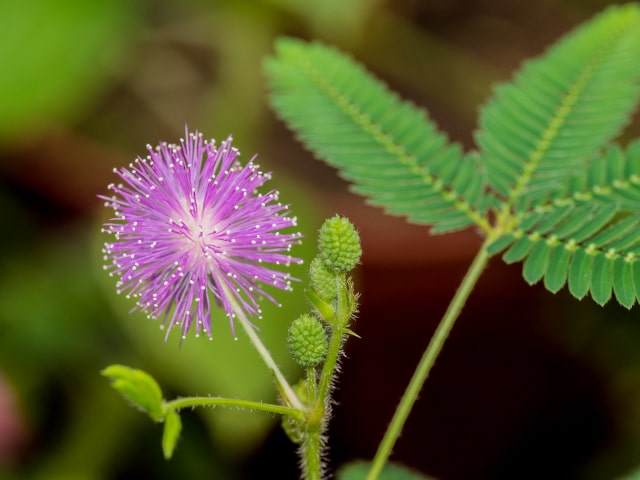
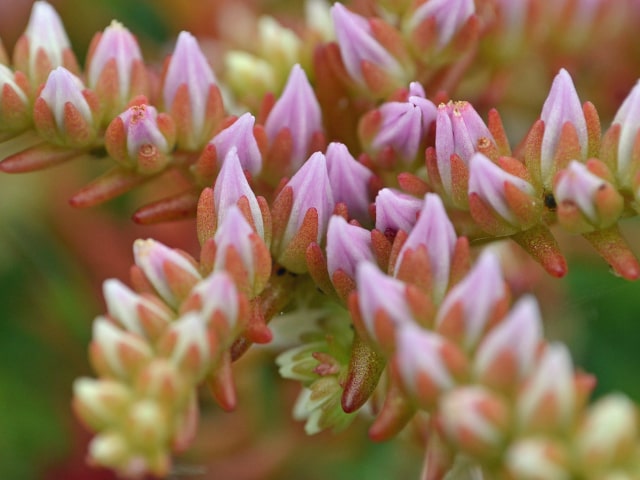
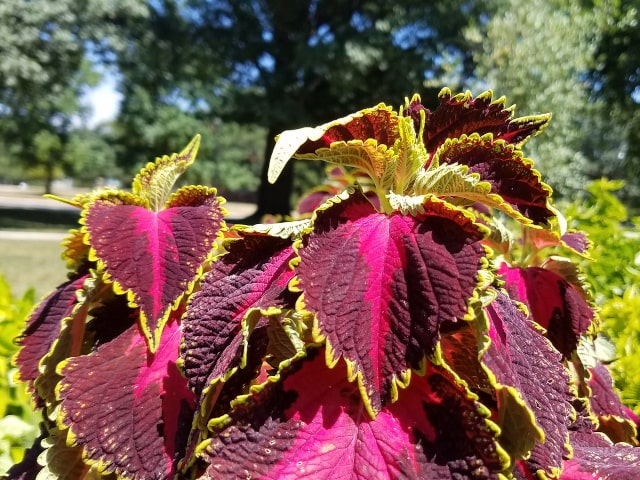
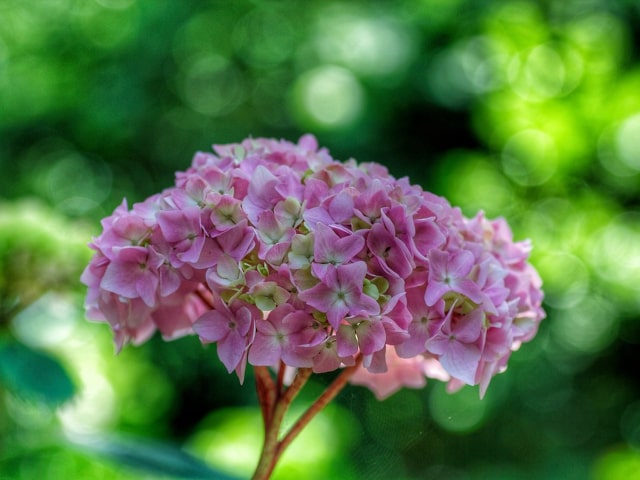
0 Comments